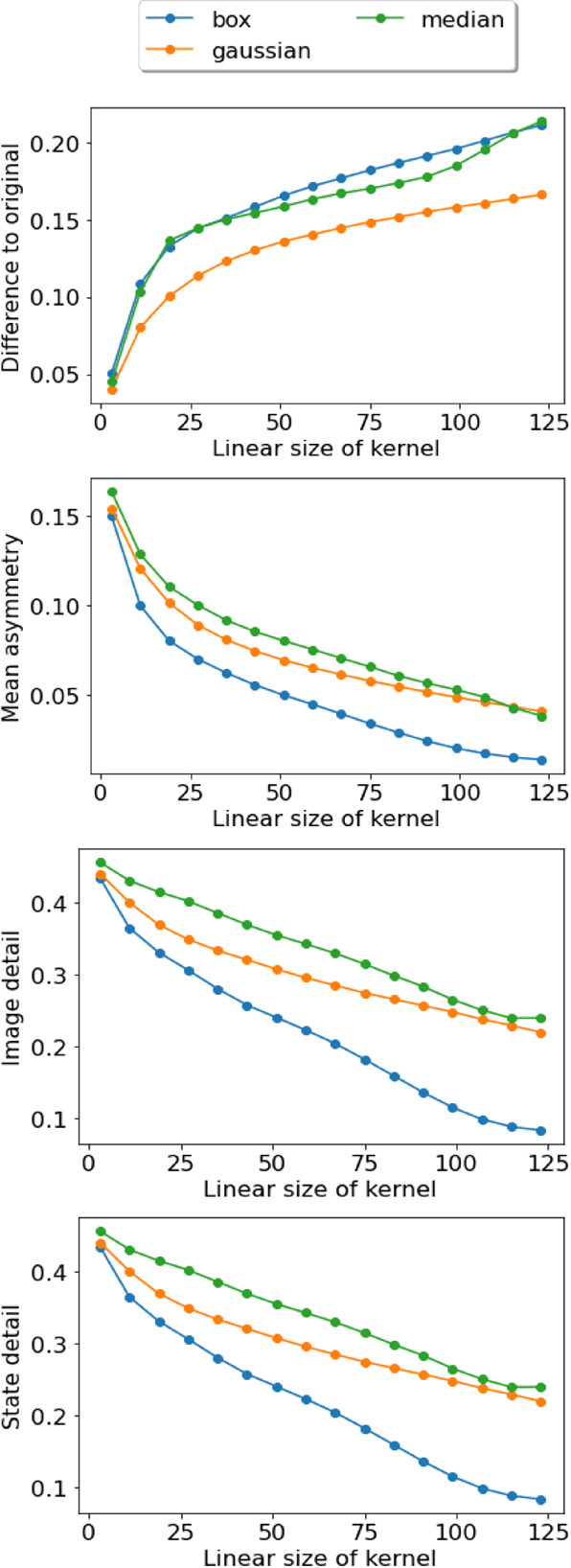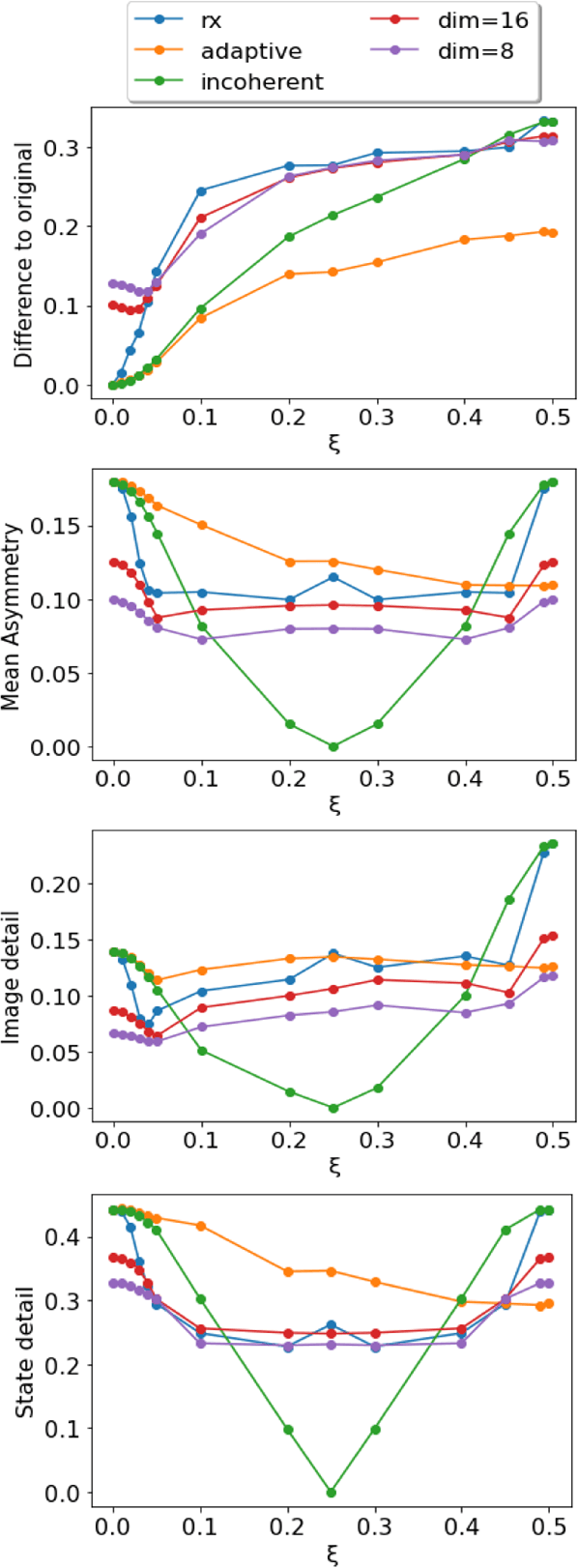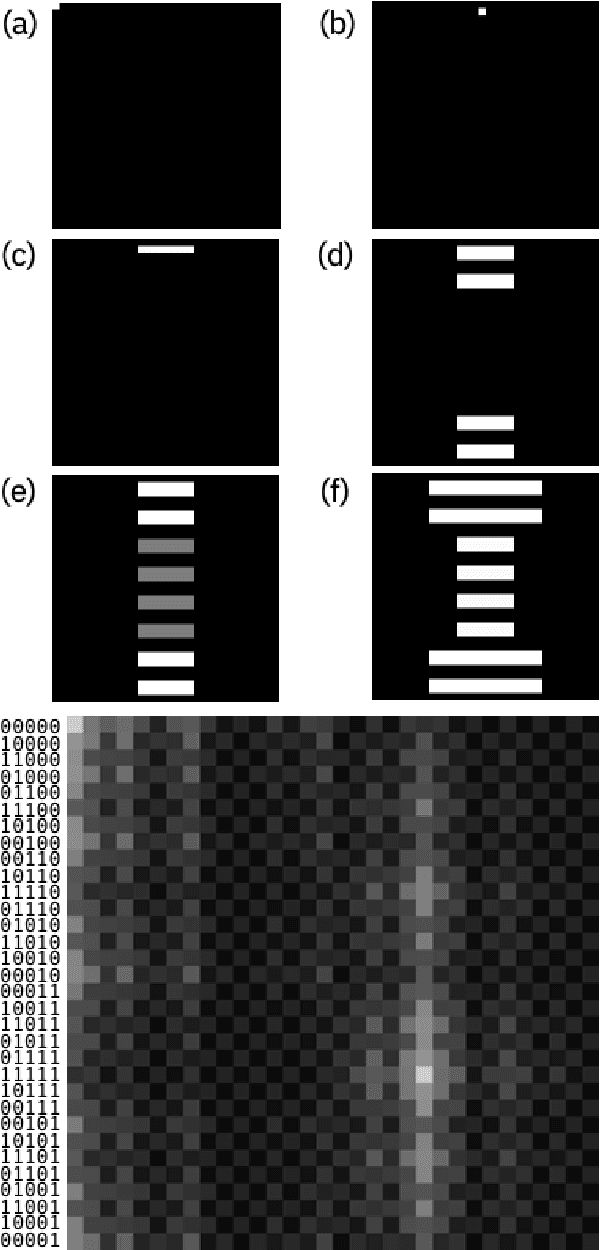Investigating the usefulness of Quantum Blur
Paper and Code
Nov 27, 2021



Though some years remain before quantum computation can outperform conventional computation, it already provides resources that be used for exploratory purposes in various fields. This includes certain tasks for procedural generation in computer games, music and art. The Quantum Blur method was introduced as a proof-of-principle example, to show that it can be useful to design methods for procedural generation using the principles of quantum software. Here we analyse the effects of the method and compare it to conventional blur effects. We also determine how the effects seen derive from the manipulation of quantum superposition and entanglement.
 Add to Chrome
Add to Chrome Add to Firefox
Add to Firefox Add to Edge
Add to Edge